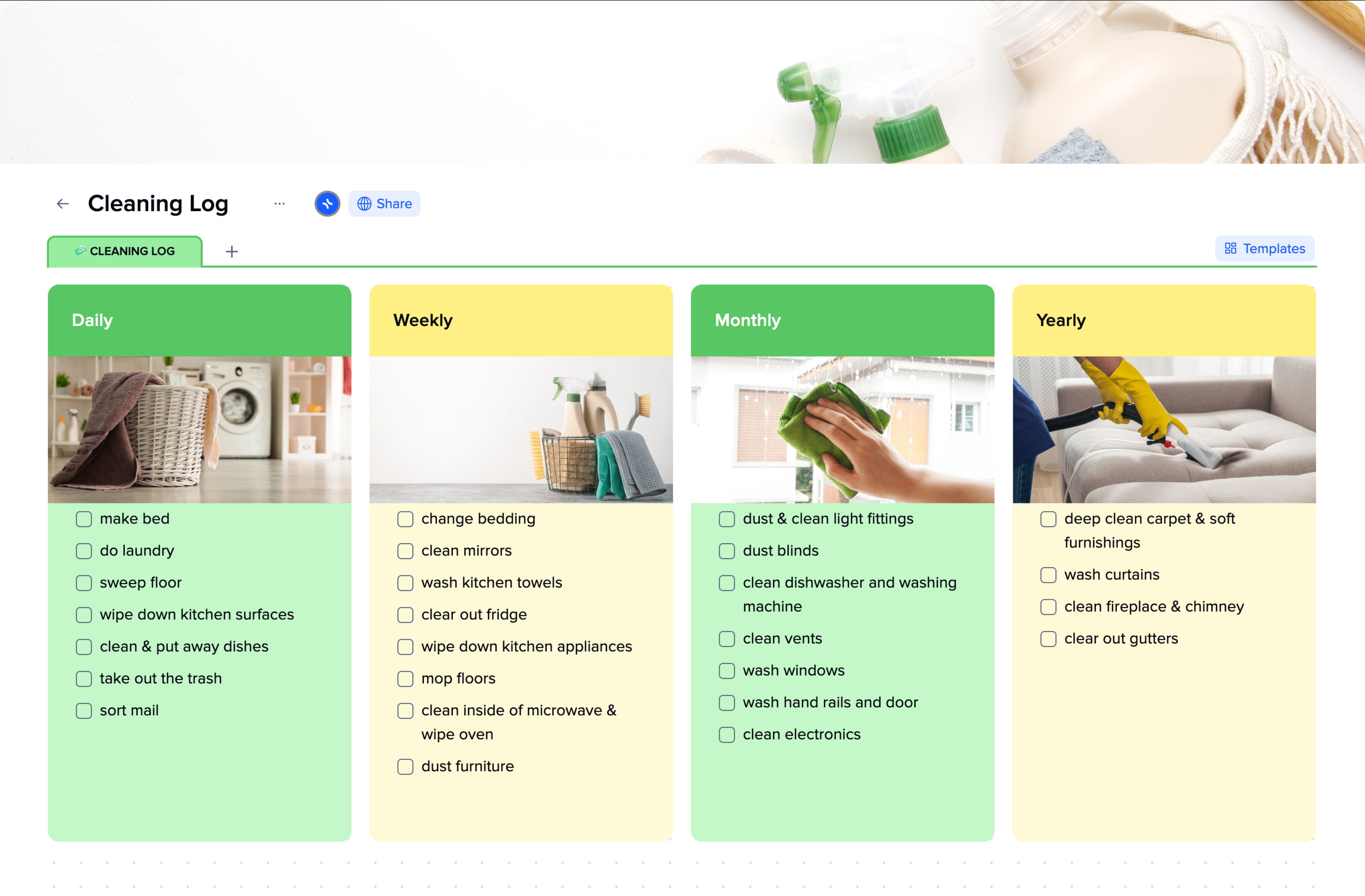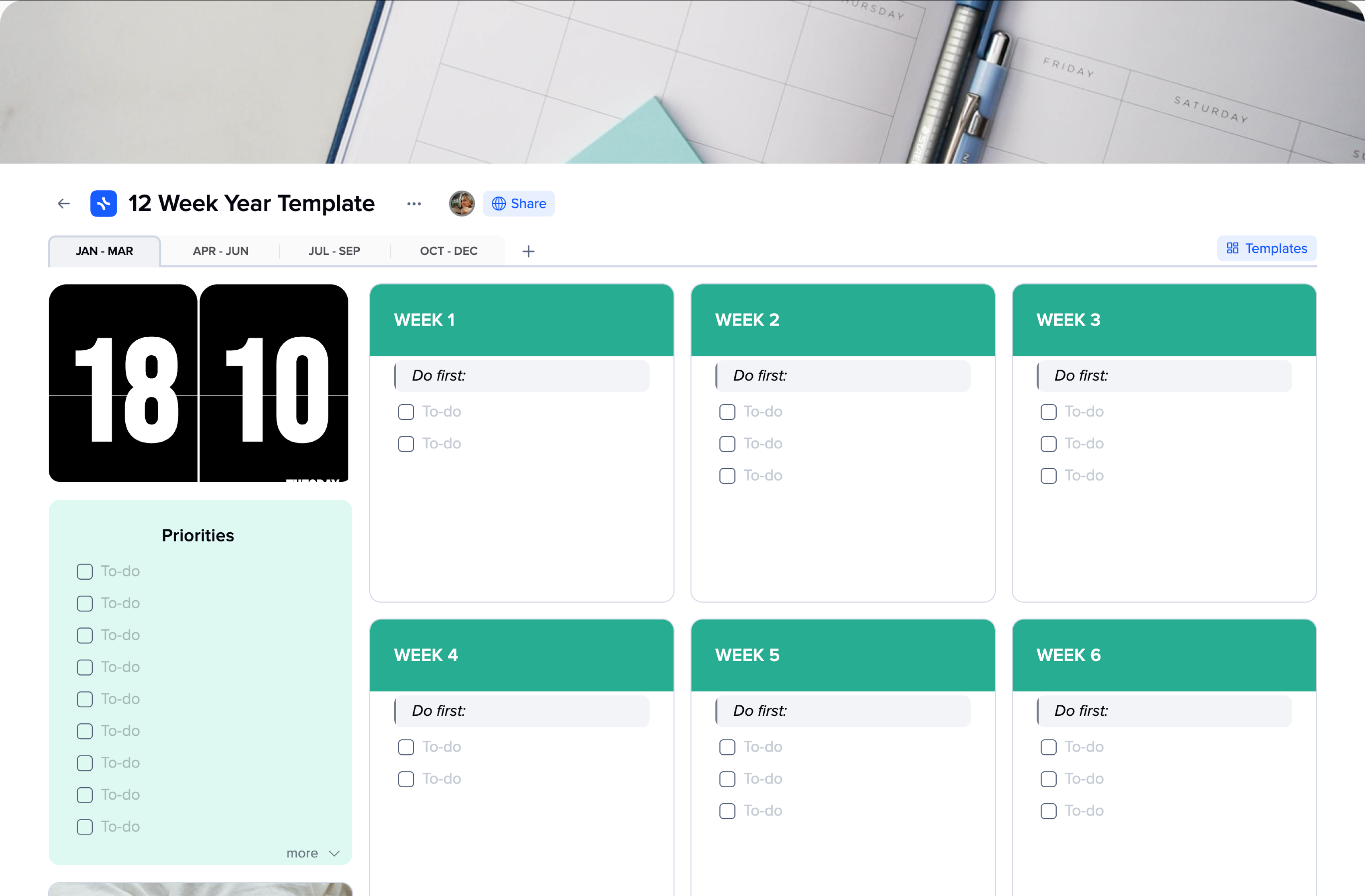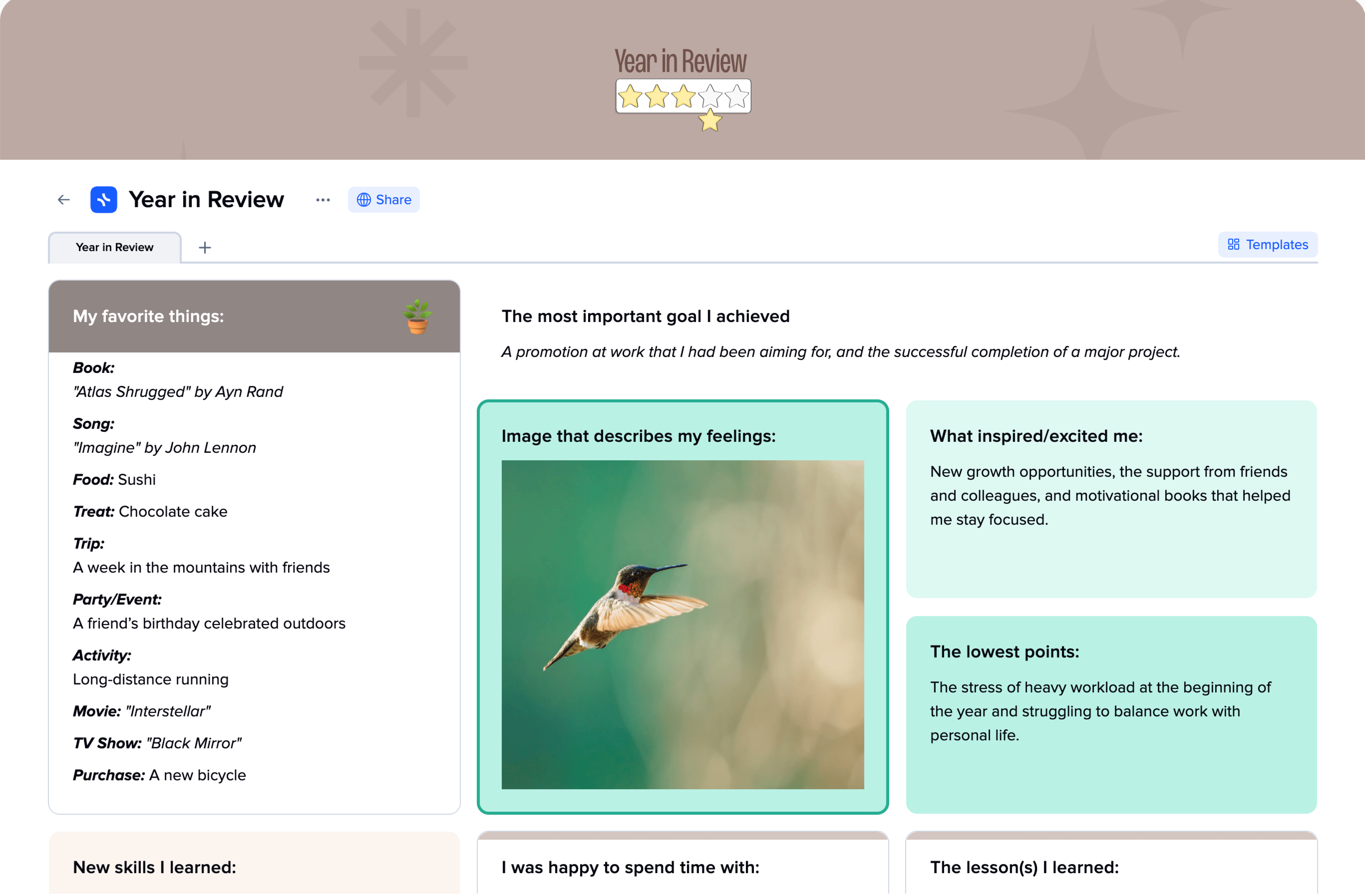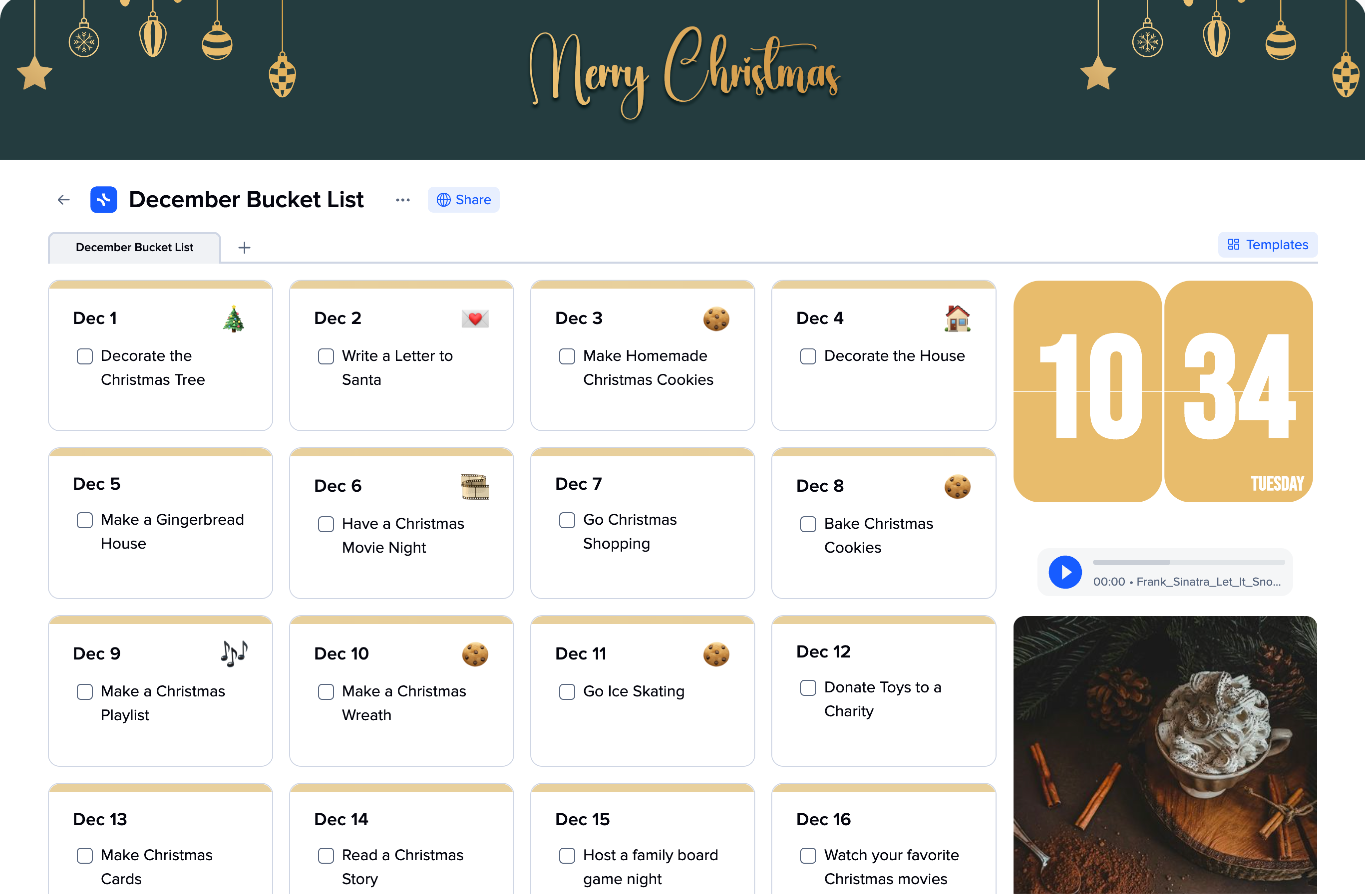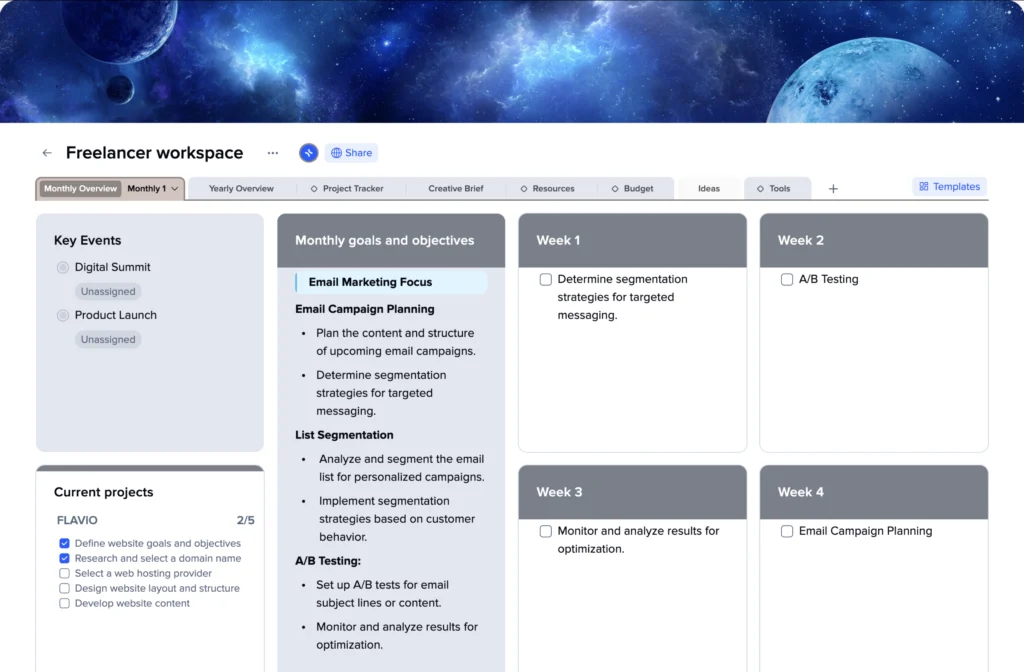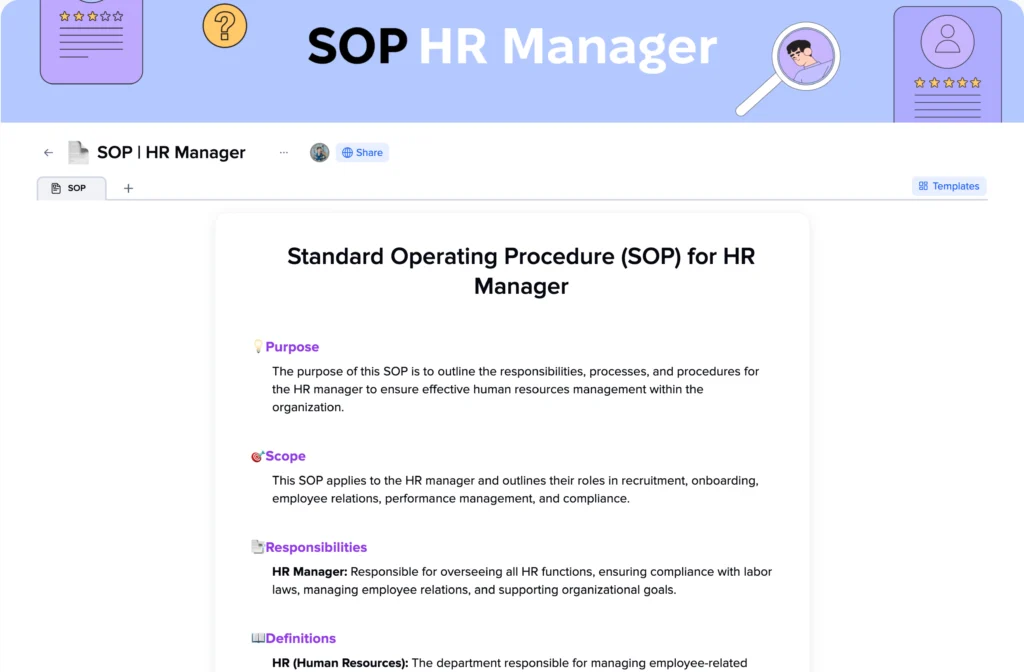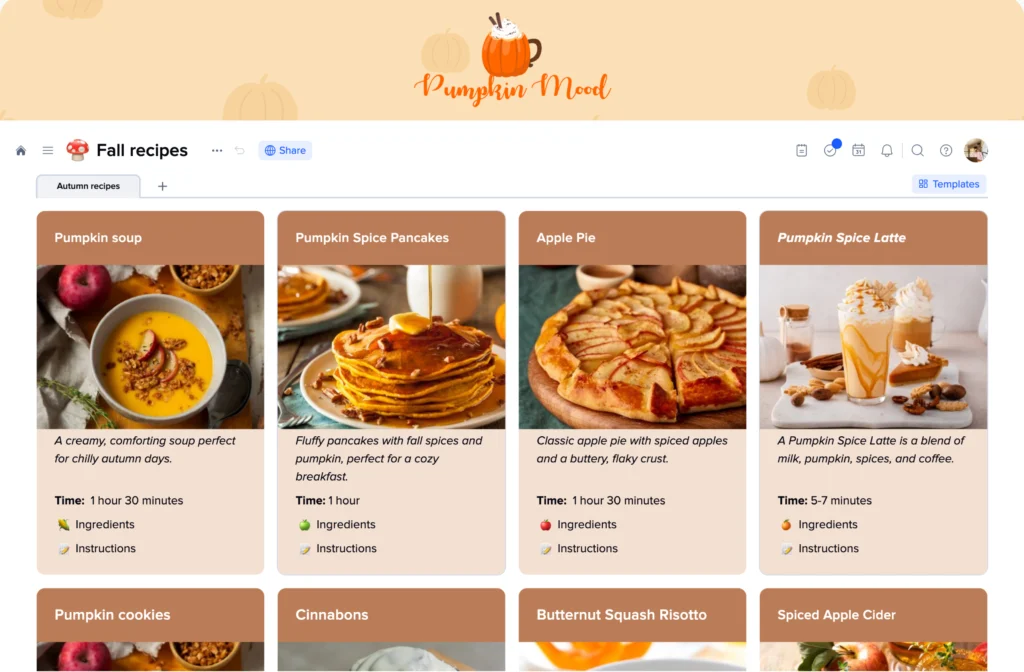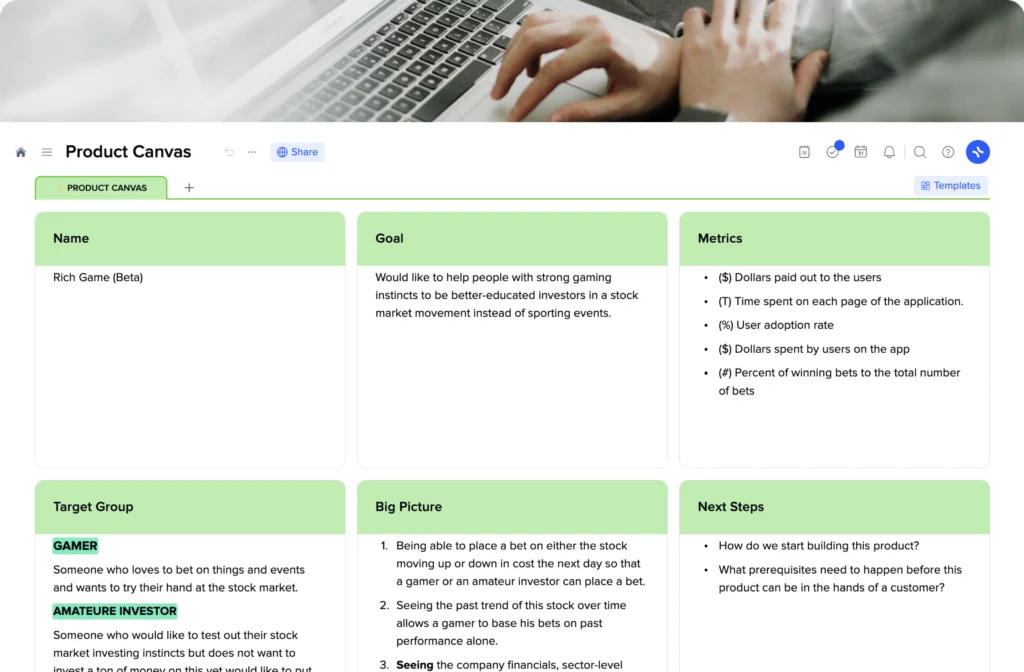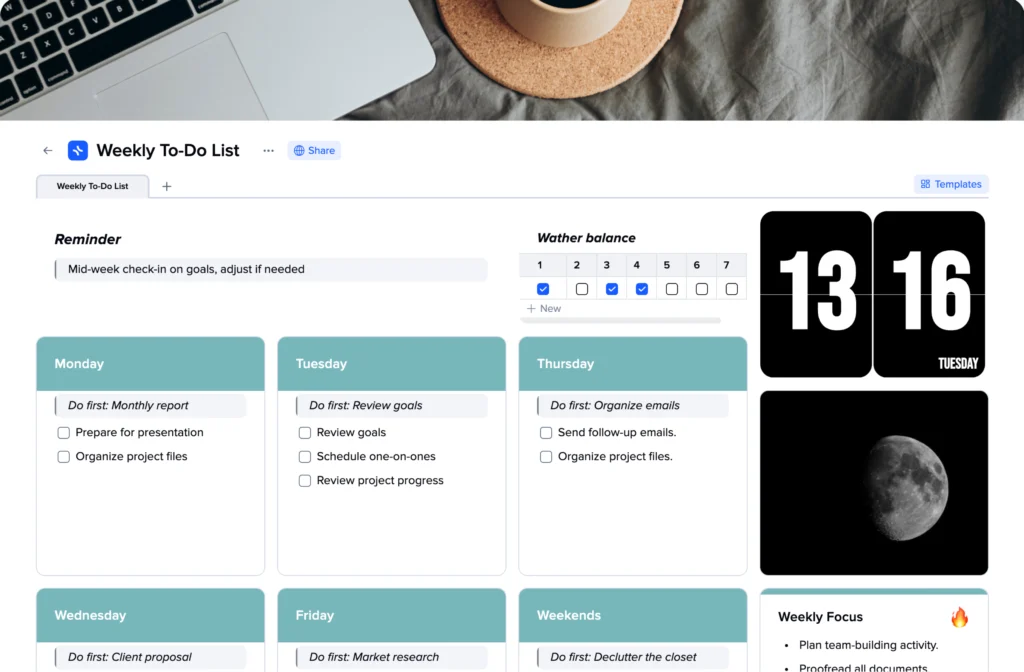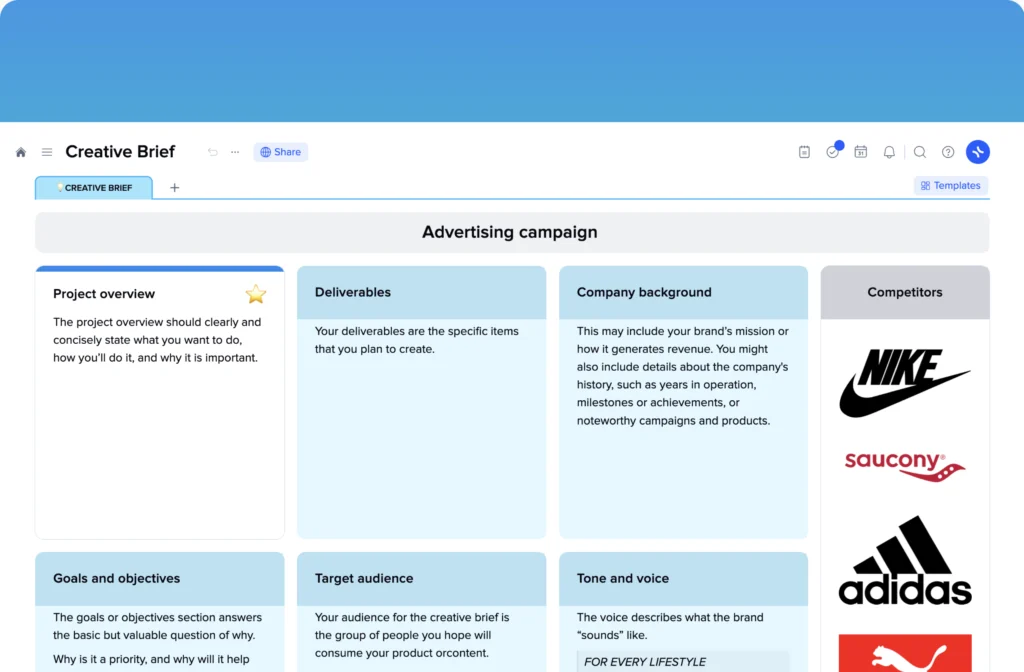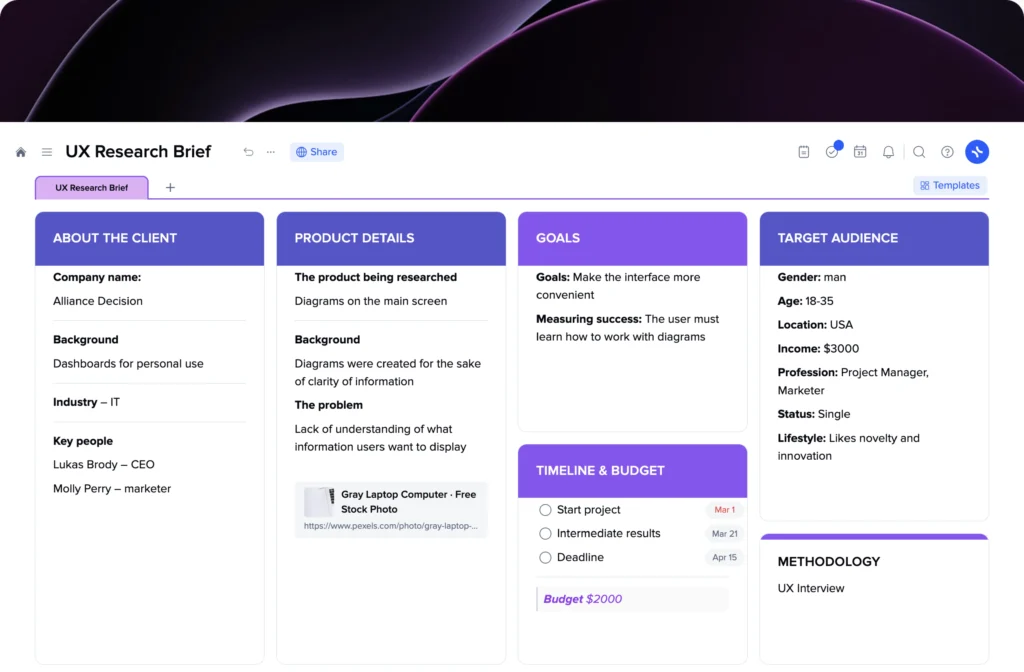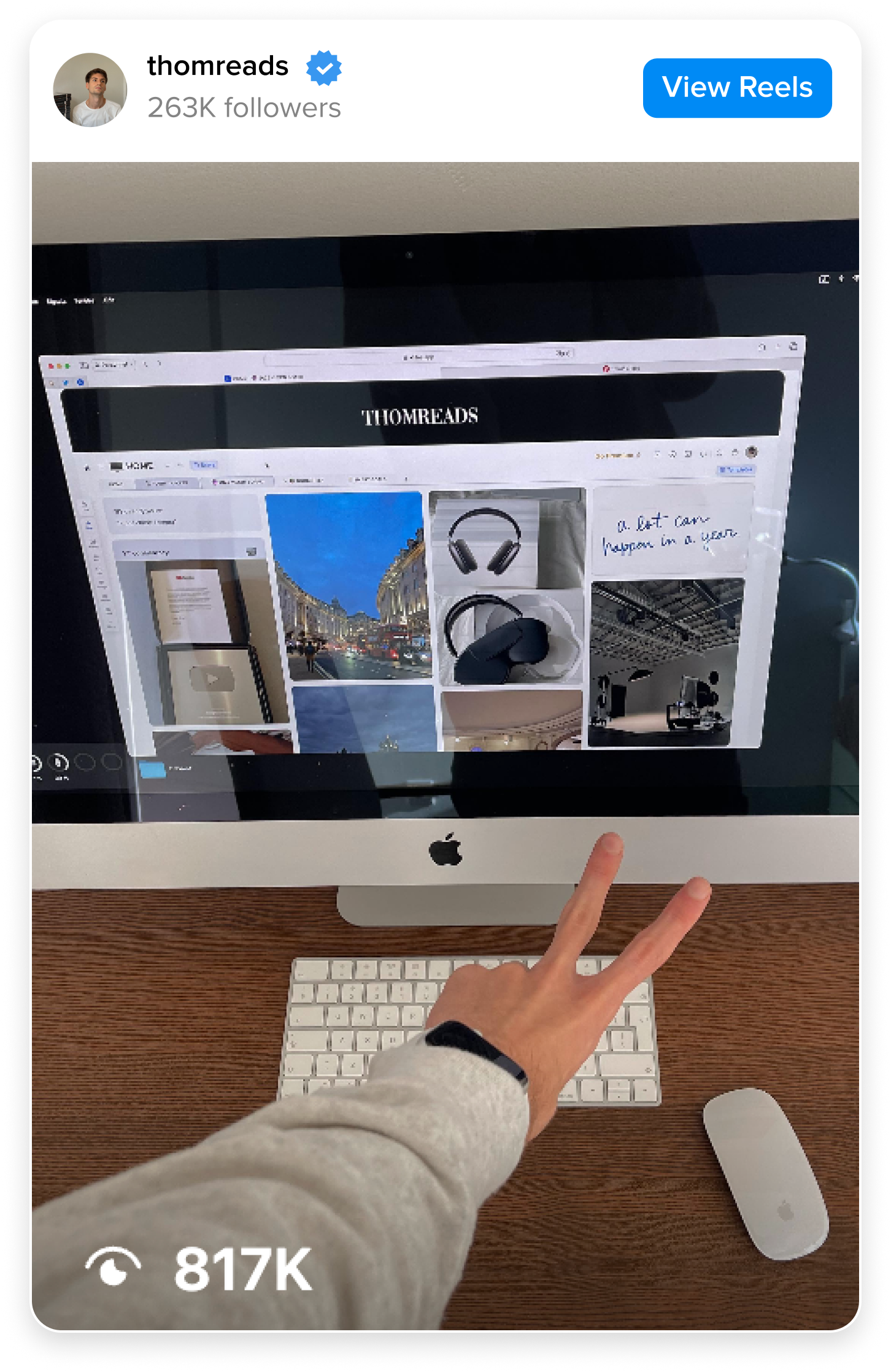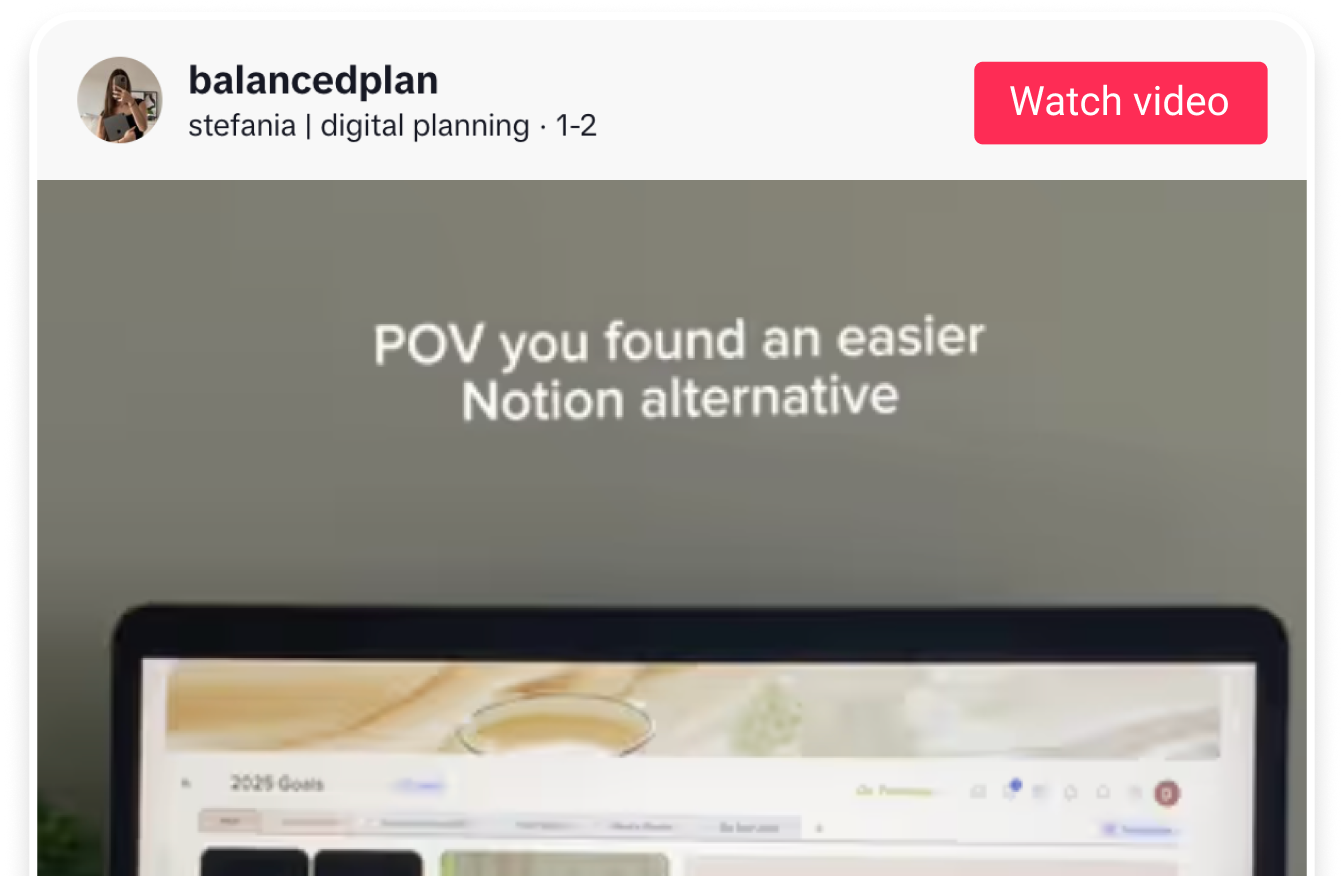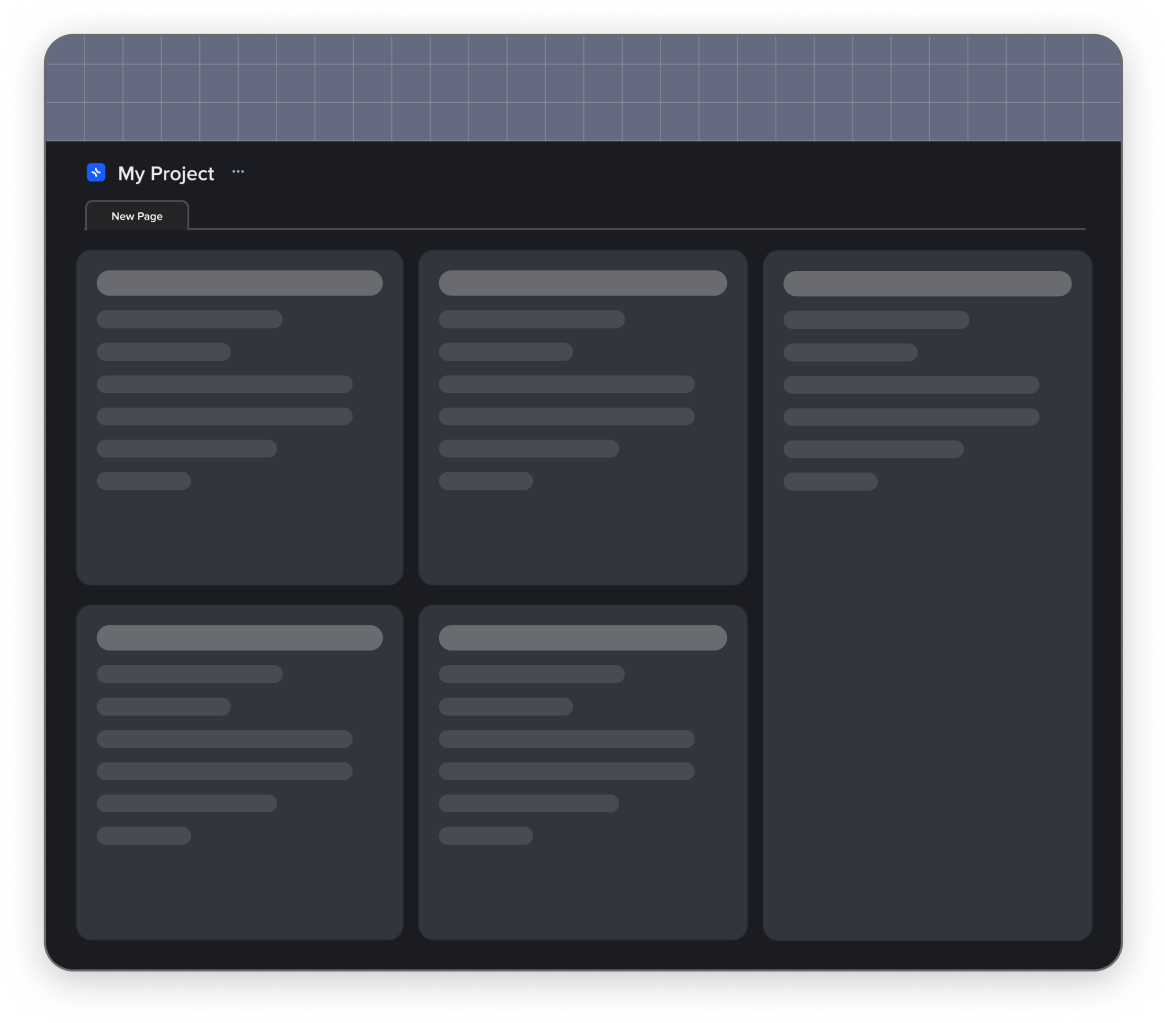How to make a cleaning log?
Creating a cleaning log involves a few key aspects to consider. First, you can create a cleaning log for specific situations, such as a bathroom cleaning log. Alternatively, you can create one comprehensive cleaning log that covers the entire house in the long run.
The second case is easier to integrate into your usual routine. The first one might require adjustments whenever you want to implement it. However, both of them have the right to exist, and both of them may be highly helpful if crafted according to your needs and capacities.
- Before you start adding points to your list, determine the scope of work that needs to be done. Do you want to clean up the whole house? Do you want to clean only a part of it this time?
- Identify the areas, items, or tasks that need to be documented in the cleaning log depending on how much work there will be.
Now you need to define the categories and columns in your log. The xTiles Cleaning Log Template offers a long-run structure with specific tasks for a day, week, month, and year. Such a structure allows you to keep the scope of work manageable.
If you’re creating a cleaning log from scratch in xTiles because the offered structure doesn’t suit your case, you may decide on other categories or sections you want to include in the cleaning log. For example, common categories for an office or any other large premises are date, time, location, task, the cleaning method, the person responsible, and observations/comments. You can create tiles that will work as columns for each category.
- If you’re using a spreadsheet, create a new sheet and label the columns with the chosen categories and determine how often each of them has to be cleaned. If using a physical logbook, divide each page into columns or sections for the categories.
If you’re using the xTiles Cleaning Log Template, determine the frequency of your cleaning tasks. For instance, tasks like doing the dishes or sweeping the floor in the kitchen may be done daily to prevent a buildup of dirty plates by the end of the week. Conversely, tasks such as cleaning windows do not require daily or even weekly attention. Similarly, cleaning the chimney is rarely necessary more than once a year to prepare it for the upcoming heating period.
- If you’re creating a cleaning log for cooperative use or involving your family members, you can designate someone responsible for recording the cleaning activities.
The employees responsible for cleaning should fill in the log with the relevant information for each cleaning task performed, including the date, time, location, task details, cleaning method used, the person responsible, or any observations or comments.
You may print the filled-in template and leave it on a refrigerator’s door so everyone can put check marks whenever they finish their scope of work. A cleaning log for the whole family may be a great way to teach your children to keep a house tidy and clean at all times and that everyone who lives there is responsible for its condition.
- When the log is done, you need to review and monitor it regularly to ensure accuracy, completeness, and adherence to cleaning protocols. Also, if needed, you can add adjustments to make your log even more.
If your cleaning log is for corporate use, you may need to retain records for an appropriate duration based on your organization’s policies or any regulatory requirements. This allows for historical tracking, auditing, or reference purposes. Storing your logs in a digital format, instead of using paper logs, can be more effective, enabling seamless searching for specific data or dates.
